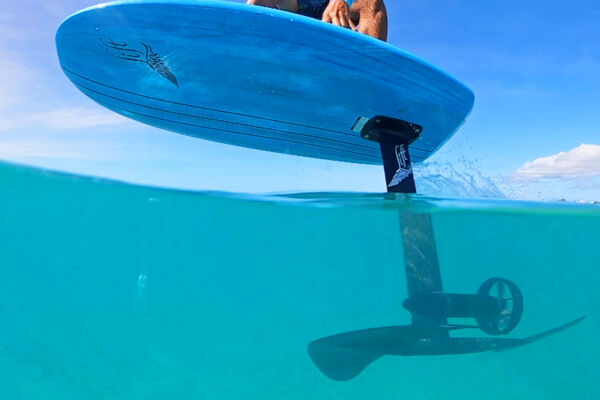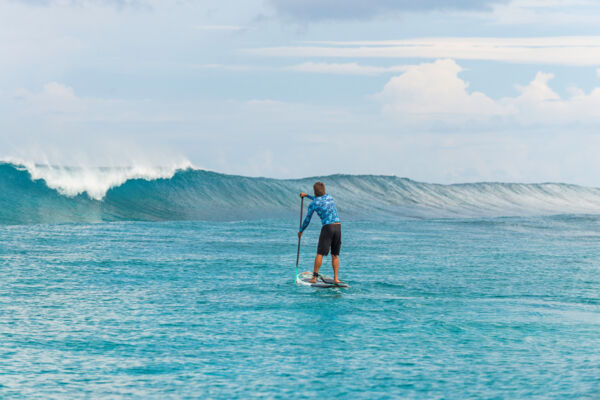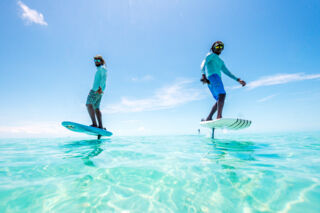Providenciales Surfing

The barrier reef off of the north and west coasts of Providenciales does offer some decent breaks at times, but unfortunately, it’s not entirely predictable when conditions will be suitable. Another issue is the difficulty of accessing the best breaks, which are typically either found about a mile offshore or on the remote west coast of Providenciales.
A small beach break with a clean sandy bottom can be found close off the beach in the Leeward Beach area, but due to the small size of the waves, the spot is typically suitable only for stand-up paddleboard surfing.
Clean surfing waves in the Turks and Caicos don’t typically get huge. When the swell gets abnormally high, waves tend to get messy at most sites and access is almost impossible at much of the barrier reef.
The winter months definitely offer a higher probability of good conditions than the summer and fall months do.
Although there’s no business currently offering traditional surfing excursions or lessons, stand-up paddleboard surfing is becoming increasingly popular. Several local businesses provide equipment rentals and boat trips out to the barrier reef or west coast. If you’d rather pursue conventional surfing and you have your own board, these water sport operators will be able to get you to the best spots that the conditions allow for.
Alternatives to Surfing

The Turks and Caicos doesn’t always have optimal conditions for conventional surfing, and it’s worth considering some alternative water sports.
E-foiling, which utilizes small boards that are powered by an electric motor and have a mast with a hydrofoil, is a fun activity for flat water, of which there’s typically plenty of near Providenciales. The transition from other board sports and the learning curve is very easy, and most riders will be up on their own in less than an hour.
Another great water sport, and in fact the sport that most surfers that reside in the Turks and Caicos have taken up, is kiteboarding. The waters around our islands are some of the finest settings for kiting that can be found anywhere.
Dangers

The barrier reef breaks off our islands can be dangerous, so we highly advise only visiting with knowledgeable guides. The typical trade wind direction in the Turks and Caicos is east-southeast, so the wind will often be offshore at surf sites.
Shallow reefs are another consideration, and affect many breaks in the country. You’ll want to scope out such hazards beforehand.
Another risk is increased current flow through reef cuts during periods of high swells. In the Grace Bay area, the shallow barrier reef offshore only has a few relatively deeper channels to the outer ocean, and larger waves breaking over the entirety of the barrier reef increases flow into the bay, resulting in strong currents exiting the cuts. It’s crucial to be aware of how and where this water movement can occur.
What’s the Best Time of Year for Surfing?
The winter months and Atlantic hurricane season months typically bring the best chance of surfing waves.
The winter months tend to be a bit more regular in terms of swells, yet day-to-day wind speeds are usually higher, which increases choppiness and messy conditions.
Summer is typically quite calm, and regional tropical cyclones can create a bit of a swell that makes its way to the Turks and Caicos. When everything works out, there can be smooth glassy waves with long wave periods.
In the Caicos Islands, the swell usually has to have somewhat of a northern origin for the surf site to develop.

